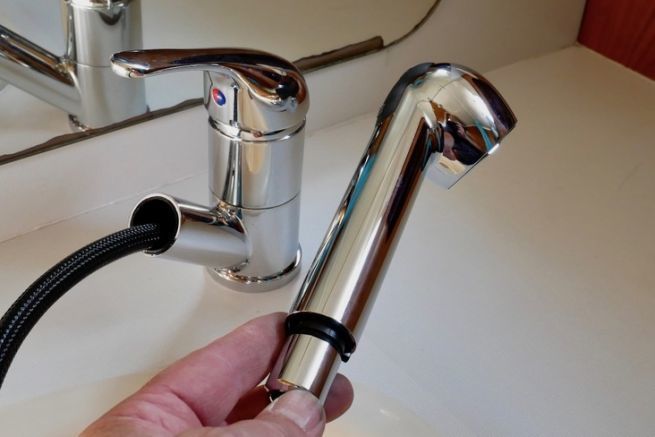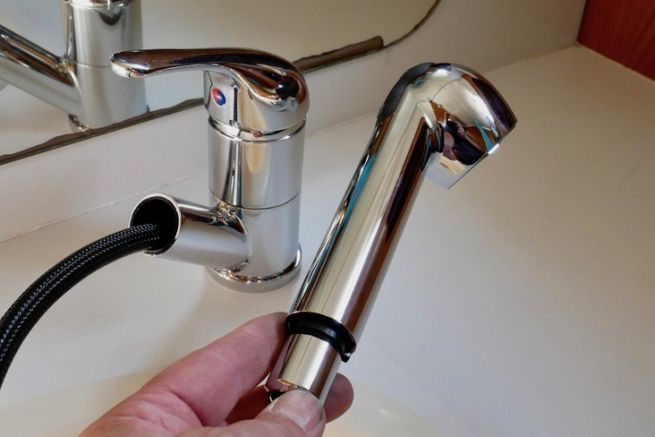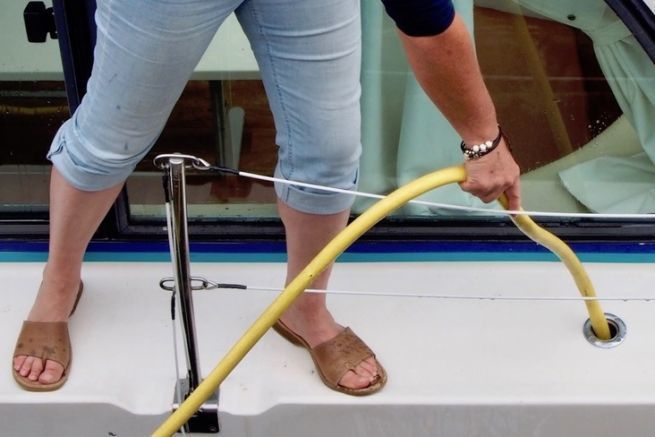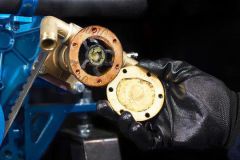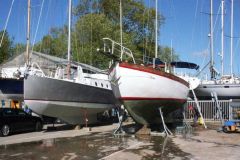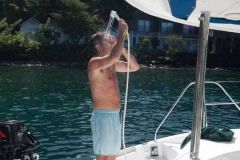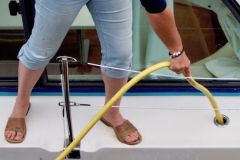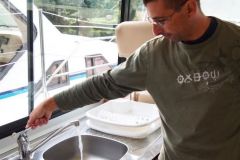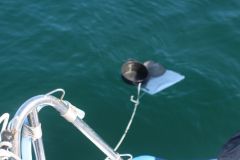On a boat, and except for using jerry cans, one cannot rely on gravity to distribute water to the various drawing points. From the tanks to the taps, you need a circuit, a pump, and sometimes a hot water tank. A relatively simple system, but one that deserves to be detailed.
At the lowest point
Land-based water supply relies on gravity. The water is stored in high water towers, and its own weight ensures sufficient pressure. In boats, the tanks are placed at the lowest point. They usually have three openings: two at the top for filling and venting and one at the bottom for distribution.
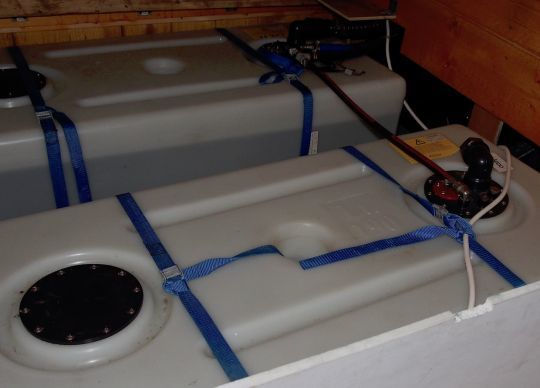
Pump stories
While there are foot or hand pumps, in most cases they are electrically driven and automatic, meaning that all you have to do is turn on a faucet and water will flow. This miracle is made possible by a switch built into the faucet, or more commonly by a pressure switch, a device that reacts to pressure.
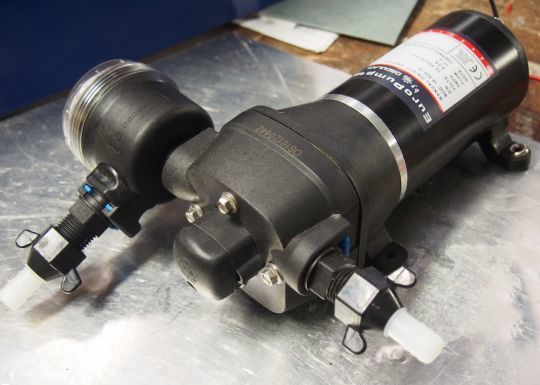
The pressure switch, automatic switch
The pressure switch consists of a rubber membrane, one side of which is in contact with the water in the circuit. Under pressure, the membrane deforms and acts on a switch that controls the start and stop of the pump. When a valve is opened, the pressure drops and the pump starts. When closed, the pressure increases and the pump stops.
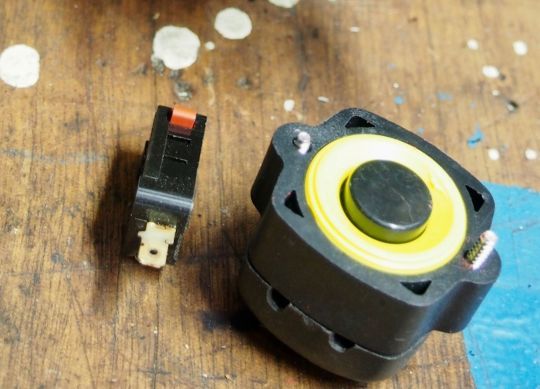
A pressure vessel
To make these stops more fluid, and to prevent the pump from starting at the slightest finger rinse, a buffer tank is often added: a tank filled with water in which a bladder inflated with air expands to release a little pressure. When a pump, pressure switch and buffer tank are all in one device, it is called a water unit.
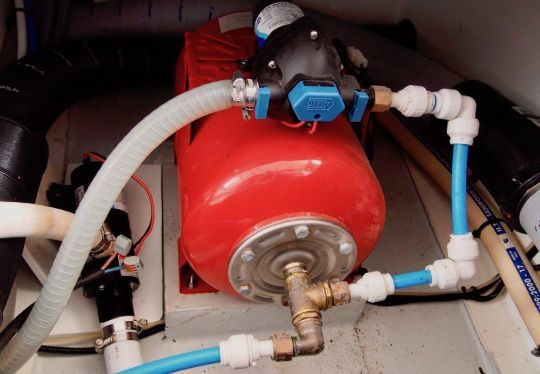
Recycled calories
More and more boats have hot water. This is not a water heater, but an insulated tank. The water is heated either by an electric resistance or by a coil in which the engine cooling water circulates. A sort of exchanger that allows the recovery of calories that would otherwise have been lost.
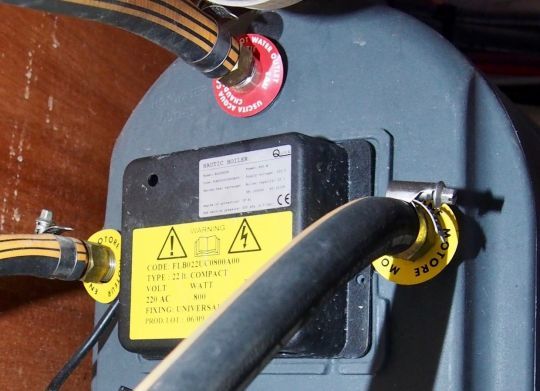
Regulate the water temperature
The hot water produced in this way can be scalding, and it is important that it is distributed via a thermostatic system. This can be a temperature regulator or a mixing valve that avoids the risk of scalding.
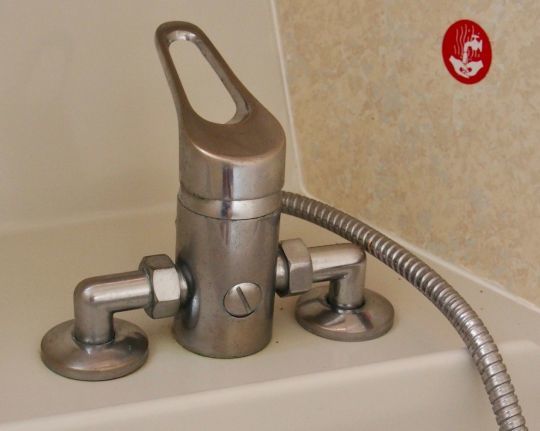
A network without mystery
The piping network can be metallic or plastic. The most basic installations are made of flexible pipe, held together by Serflex clamps, while the most advanced are assembled using quick connectors or traditional brazing. Most modern waterworks are made of PER pipe, cross-linked polyethylene, which is easily assembled with screwed fittings. The flexibility of this material allows it to withstand vibration very well.
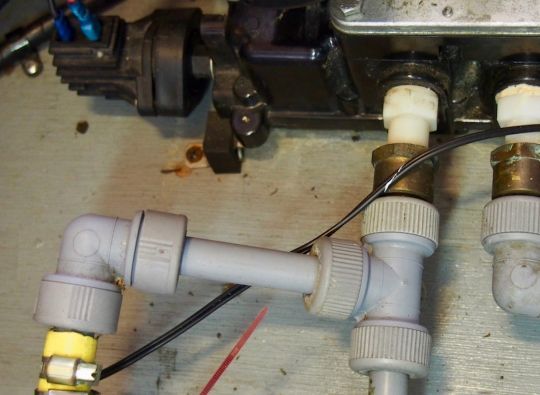
Wastewater is generally evacuated by gravity, except for the showers whose receptacle is often located below the waterline. A pump then evacuates to the outside, or into the grey water tank, if the boat is equipped with one.

 /
/ 